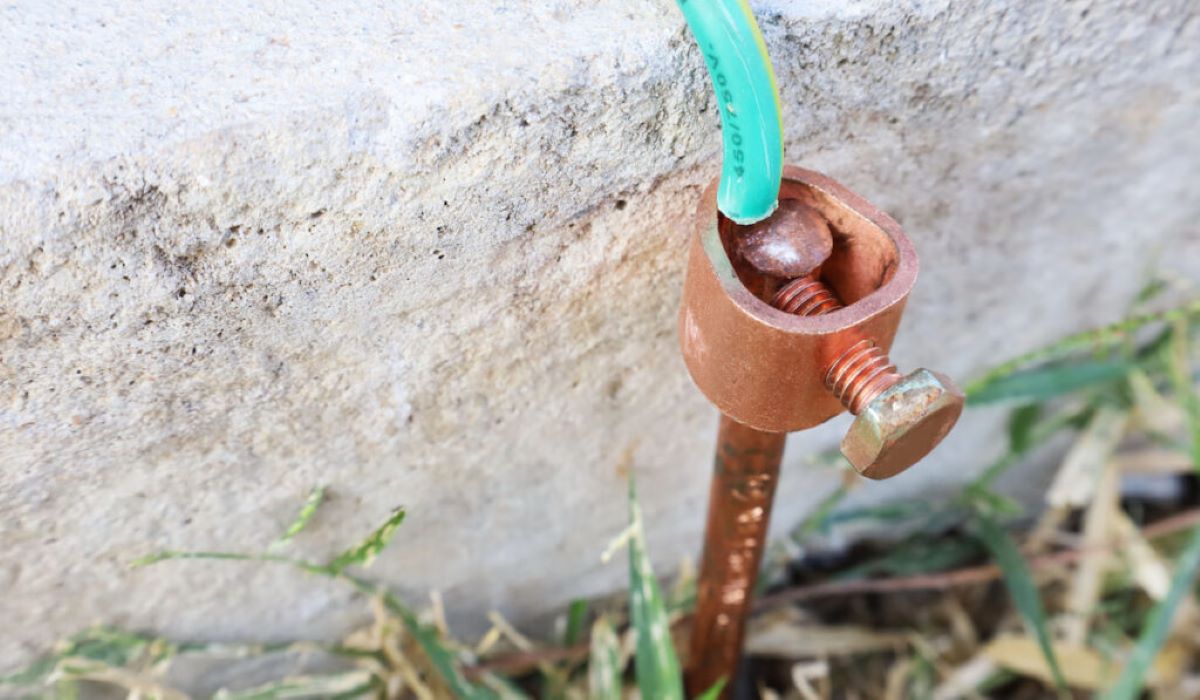

Articles
How Many Ground Rods For Electric Fence
Modified: December 7, 2023
Discover the recommended number of ground rods needed for an electric fence in this informative articles, ensuring proper safety and functionality of your setup.
(Many of the links in this article redirect to a specific reviewed product. Your purchase of these products through affiliate links helps to generate commission for Storables.com, at no extra cost. Learn more)
Introduction
When it comes to electric fences, one crucial component that often gets overlooked is the ground rod. Ground rods play a vital role in ensuring the effectiveness and safety of an electric fence system. They provide a path for electrical current to dissipate into the ground, preventing the buildup of excess charge and protecting both livestock and property.
In this article, we will delve into the importance of ground rods in electric fences and discuss the factors that influence the number of ground rods required. We will also explore how to determine the ideal quantity of ground rods and provide a step-by-step guide for installing them. Additionally, we will touch on the importance of regularly testing and maintaining ground rods to ensure their optimal performance.
Whether you are installing a new electric fence or looking to improve an existing one, understanding the role of ground rods is essential for a reliable and effective system. So, let’s jump right in and explore the world of ground rods in electric fences!
Key Takeaways:
- Proper grounding with the right number of ground rods is essential for an effective and safe electric fence. Factors like soil composition, fence size, and moisture content influence the quantity needed.
- Regular testing and maintenance of ground rods are crucial for optimal performance. Ensuring proper installation, checking for corrosion, and measuring ground resistance are key steps in maintaining a reliable electric fence system.
Read more: How Many Volts Is An Electric Fence
Importance of Ground Rods in Electric Fences
Ground rods are a critical component in electric fence systems, as they play a vital role in completing the electrical circuit and ensuring the proper functioning of the fence. When an electric fence is activated, an electrical pulse is sent along the fence wire to deter animals and prevent them from crossing the barrier. But what happens to this electrical pulse once it reaches the end of the fence?
Without proper grounding, the electrical current would simply bounce back along the wire, causing a buildup of charge and rendering the fence ineffective. This is where ground rods come into play. Ground rods provide a direct path for the electrical current to flow from the fence wire into the ground, effectively dissipating the charge and completing the circuit.
One important aspect to note is that the effectiveness of an electric fence depends on the resistance between the fence wire and the ground. The lower the resistance, the better the current will flow into the ground, providing a more effective deterrent. Ground rods help to reduce the resistance by providing a direct connection to the ground, ensuring optimal current flow and improving the overall performance of the fence.
In addition to the functional aspect, ground rods also play a crucial role in ensuring the safety of both animals and humans. By grounding the electrical current, any potential stray voltage or excess charge is safely discharged into the ground, reducing the risk of electrical shock to both animals and individuals who may come into contact with the fence.
Moreover, ground rods help protect the fence system itself. Without proper grounding, excessive charge buildup can lead to damage to the fence energizer and other components of the system, resulting in costly repairs and reduced efficiency of the fence.
In summary, ground rods are essential for the proper functioning, safety, and longevity of electric fences. They provide a direct path for the electrical current to dissipate into the ground, reducing resistance and ensuring an effective deterrent for animals. Additionally, they play a crucial role in protecting the fence system and preventing damage. Without ground rods, an electric fence would be incomplete and unreliable, compromising the security and safety it aims to provide.
Factors Affecting the Number of Ground Rods Required
The number of ground rods required for an electric fence depends on various factors that influence the effectiveness of the grounding system. It is important to consider these factors to ensure proper grounding and optimal performance of the fence. Let’s explore the key elements that affect the number of ground rods needed:
- Soil Composition: The type and characteristics of the soil have a significant impact on the grounding system. Different soil compositions have varying levels of conductivity, which affects the ability to dissipate electrical current. Soils with higher conductivity, such as moist clay or loamy soils, require fewer ground rods compared to sandy or rocky soils with lower conductivity.
- Moisture Content: The moisture content of the soil directly affects its conductivity. Dry soil has higher resistance and poor conductivity, while moist soil provides better grounding capabilities. Areas with high rainfall or irrigation may require fewer ground rods, as the moisture content of the soil remains consistently high.
- Size of the Fence: The length and power of the electric fence system also impact the number of ground rods needed. Larger fences with higher power energizers require more ground rods to ensure proper grounding and to effectively handle the increased electrical current.
- Electric Fence Energizer Output: The output or joule rating of the energizer determines the amount of electrical current flowing through the fence wire. Higher joule ratings generally require more ground rods to properly disperse the electrical charge into the ground.
- Ground Rod Specifications: The specifications of the ground rods themselves, such as length and diameter, can affect the number required. Longer ground rods provide better grounding in deeper soil layers, while thicker rods offer lower resistance and improved conductivity.
- Local Electrical Codes: It is crucial to consult local electrical codes and regulations when determining the number of ground rods required. Some jurisdictions may have specific requirements or recommendations for the grounding system, ensuring compliance with safety standards.
Considering these factors, it is recommended to consult with a professional electric fence installer or an electrical engineer to accurately determine the number of ground rods required for your specific fence setup. They can evaluate the soil conductivity, assess the fence size and energizer output, and ensure compliance with local regulations.
By taking these factors into account, you can ensure that your electric fence has a proper grounding system in place, providing efficient and effective deterrence while maintaining safety and reliability.
Determining the Ideal Quantity of Ground Rods
Determining the ideal quantity of ground rods for your electric fence system involves considering several factors to ensure proper grounding and optimal performance. Here are the key steps to help you determine the ideal quantity of ground rods:
- Consult the Manufacturer’s Recommendations: Start by consulting the manufacturer’s guidelines and recommendations for the specific electric fence energizer you are using. Manufacturers often provide guidance on the number and placement of ground rods based on the energizer’s output and fence system specifications.
- Evaluate Soil Conductivity: Assess the conductivity of the soil in your area. Conductivity can vary depending on the soil composition and moisture content. Conductivity testers are commonly used to measure the soil’s resistance and provide an indication of its ability to disperse electrical current. Higher soil conductivity may require fewer ground rods, while lower conductivity may necessitate additional rods for optimal grounding.
- Measure Fence Length: Calculate the total length of your electric fence. Longer fences typically require more ground rods to ensure effective grounding throughout the entire system. It is essential to consider not only the main perimeter but also any additional interior fences or zones connected to the energizer.
- Consider Voltage Requirements: Assess the voltage requirements of your electric fence system. Higher voltage systems, such as those used to deter large animals or predators, may require more ground rods to accommodate the increased electrical charge.
- Evaluate Ground Rod Specifications: Consider the specifications of the ground rods, such as length and diameter. Longer ground rods provide better grounding in deeper soil layers, while thicker rods offer lower resistance and improved conductivity. Understanding the capabilities of the ground rods can help determine the number needed for optimal grounding.
- Consult with Professionals: When in doubt, it is always beneficial to consult with professionals, such as electric fence installers or electrical engineers familiar with your specific region and regulations. They can assess your specific requirements, conduct soil tests, and provide expert guidance on determining the ideal quantity and placement of ground rods for your electric fence system.
Keep in mind that the number of ground rods required may vary depending on the specific factors mentioned above. It is crucial to strike a balance between optimal grounding and not overburdening the system with an excessive number of ground rods.
By following these steps and seeking professional advice, you can determine the ideal quantity of ground rods for your electric fence system, ensuring effective grounding and reliable performance.
It is recommended to use at least three ground rods for an electric fence system. Space the rods at least 10 feet apart and drive them at least 6 feet into the ground for optimal performance.
Installing Ground Rods for an Electric Fence
The proper installation of ground rods is crucial for the effective grounding of your electric fence system. Improper installation can lead to inadequate grounding and diminish the overall performance of the fence. Follow these steps to ensure a successful installation:
- Choose the Right Location: Select an appropriate location for the ground rods. Ideally, they should be placed near the energizer, but away from water sources, metallic objects, and areas prone to flooding. The ground rods should be easily accessible for maintenance and inspection.
- Prepare the Ground: Clear the area around the chosen location. Remove any vegetation, rocks, or debris that could hinder the installation process.
- Measure and Dig the Hole: Measure the length of the ground rods, taking into account any specific guidelines from the manufacturer. Dig a hole at least 6 to 10 feet deep to accommodate the length of the rod, ensuring it reaches the appropriate soil depth for optimal grounding.
- Insert the Ground Rod: Place the ground rod into the hole, ensuring it is straight and secure. Drive the rod into the ground using a hammer or rod driver until only a few inches remain above the surface.
- Connect the Ground Wire: Attach the ground wire from the electric fence energizer to the ground rod. Use galvanized connectors or clamps to establish a solid connection between the wire and the rod. Ensure the connection is tight to guarantee optimal electrical conductivity.
- Backfill and Compact: Fill the hole around the ground rod with the soil that was dug out. Compact the soil gently to provide stability and hold the ground rod firmly in place.
- Test the Grounding System: Once the ground rod is installed, it is essential to test the grounding system. Use a digital or analog voltmeter to measure the resistance between the ground rod and the electric fence wire. The resistance should ideally be low, indicating a proper grounding connection.
- Maintain and Inspect Regularly: Regularly inspect the ground rods and their connections to ensure they remain secure and free from corrosion. Check for any signs of damage or deterioration and address any issues promptly to maintain optimal grounding. Additionally, periodically test the resistance of the grounding system to ensure its effectiveness.
Remember, proper installation and maintenance of ground rods are essential for the efficient and reliable functioning of your electric fence. By following these steps and adhering to manufacturer guidelines, you can ensure a well-grounded electric fence system that provides optimal performance and protection.
Testing and Maintaining Ground Rods
Regular testing and maintenance of ground rods are critical to ensure their optimal performance and the reliable operation of your electric fence system. Here are some key steps to follow:
- Check for Corrosion: Periodically inspect the ground rods for any signs of corrosion or rust. Corrosion can hinder the conductivity of the rods and weaken their grounding capabilities. If corrosion is present, clean the rods using a wire brush or sandpaper to remove any buildup and restore optimal conductivity.
- Inspect Connections: Examine the connections between the ground wire and the ground rod. Ensure they are tight and secure, without any signs of looseness or damage. If necessary, tighten the connectors or replace them with new ones to maintain a solid and reliable connection.
- Measure Ground Resistance: Use a digital or analog voltmeter designed for the purpose of measuring ground resistance. Disconnect the ground wire from the fence energizer and connect the leads of the voltmeter to the ground rod and the wire. Measure the resistance and ensure it is within the acceptable range specified by the manufacturer (typically below 25 ohms).
- Improve Grounding if Needed: If the measured ground resistance is above the acceptable range, additional measures might be needed to improve grounding. This can include adding more ground rods, burying them deeper, or using ground enhancement materials such as ground enhancement compound or grounding plates to enhance conductivity.
- Take Soil Moisture into Account: Keep the moisture content of the soil in mind when testing and maintaining the ground rods. Dry soil can result in higher resistance and poor grounding. In such cases, consider watering the area surrounding the ground rods to improve conductivity.
- Document Maintenance Schedule: Keep track of the maintenance schedule and record the dates of inspections, any repairs or modifications made, and the results of resistance measurements. This documentation will help you track the history of maintenance and ensure regular upkeep.
- Seek Professional Assistance: If you notice persistent issues with grounding or are unsure about testing and maintaining the ground rods, it is best to consult with a professional electric fence installer or electrical engineer. They can provide expert guidance and perform more in-depth assessments to ensure optimal grounding.
Maintaining proper grounding is crucial for the efficiency and safety of your electric fence system. By regularly testing and maintaining the ground rods, you can prevent potential issues, such as weak grounding or electrical shocks, and ensure that your electric fence operates at its best.
Remember, each electric fence system is unique, and it is essential to follow the specific guidelines provided by the manufacturer. By implementing a regular maintenance routine, you can enjoy a reliable and effective electric fence system that provides optimal protection for your livestock and property.
Conclusion
Ground rods are an integral part of any electric fence system, playing a crucial role in ensuring proper grounding and the effective operation of the fence. By providing a path for electrical current to dissipate into the ground, ground rods help maintain low resistance and prevent the buildup of excess charge. This not only enhances the performance of the fence but also protects the safety of both animals and humans.
When determining the number of ground rods needed, factors such as soil composition, moisture content, fence size, energizer output, and local electrical codes should be taken into consideration. Consulting with professionals and conducting appropriate tests can help you determine the ideal quantity of ground rods for your specific situation.
Installation of ground rods requires careful positioning, connecting the ground wire securely, and testing the grounding system. Proper maintenance, including regular inspections, checking for corrosion, and measuring ground resistance, is crucial to ensure optimal performance. Any necessary repairs or improvements should be promptly addressed to maintain effective grounding and reliable operation of the electric fence system.
By understanding the importance of ground rods, following proper installation procedures, and implementing regular testing and maintenance, you can ensure that your electric fence provides efficient and effective deterrence while safeguarding the well-being of both livestock and property.
Remember, when it comes to electric fences, the proper functioning of the ground rods is just as important as the fence itself. So take the time to plan and implement a robust grounding system, and reap the benefits of a secure and reliable electric fence.
Frequently Asked Questions about How Many Ground Rods For Electric Fence
Was this page helpful?
At Storables.com, we guarantee accurate and reliable information. Our content, validated by Expert Board Contributors, is crafted following stringent Editorial Policies. We're committed to providing you with well-researched, expert-backed insights for all your informational needs.
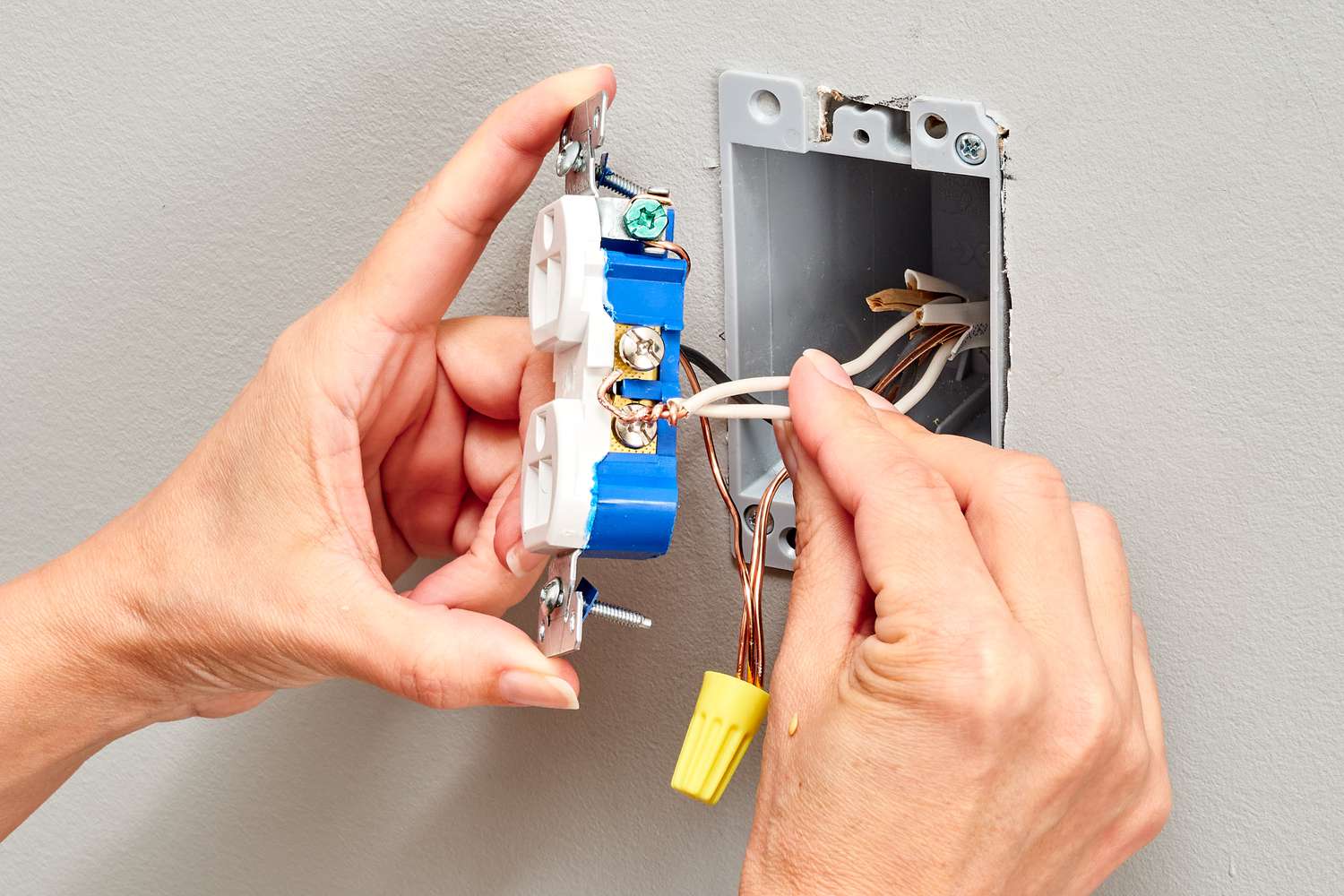
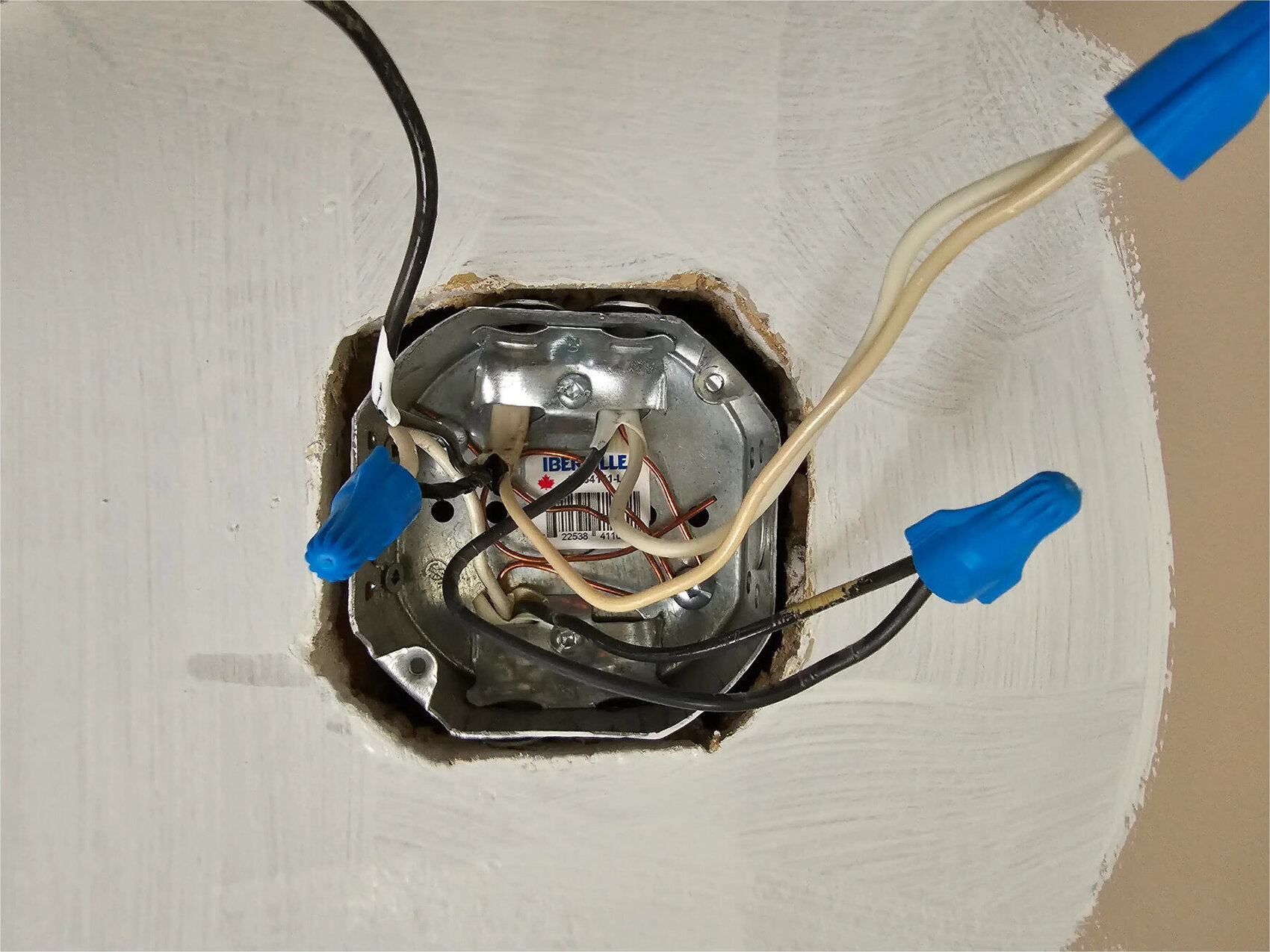
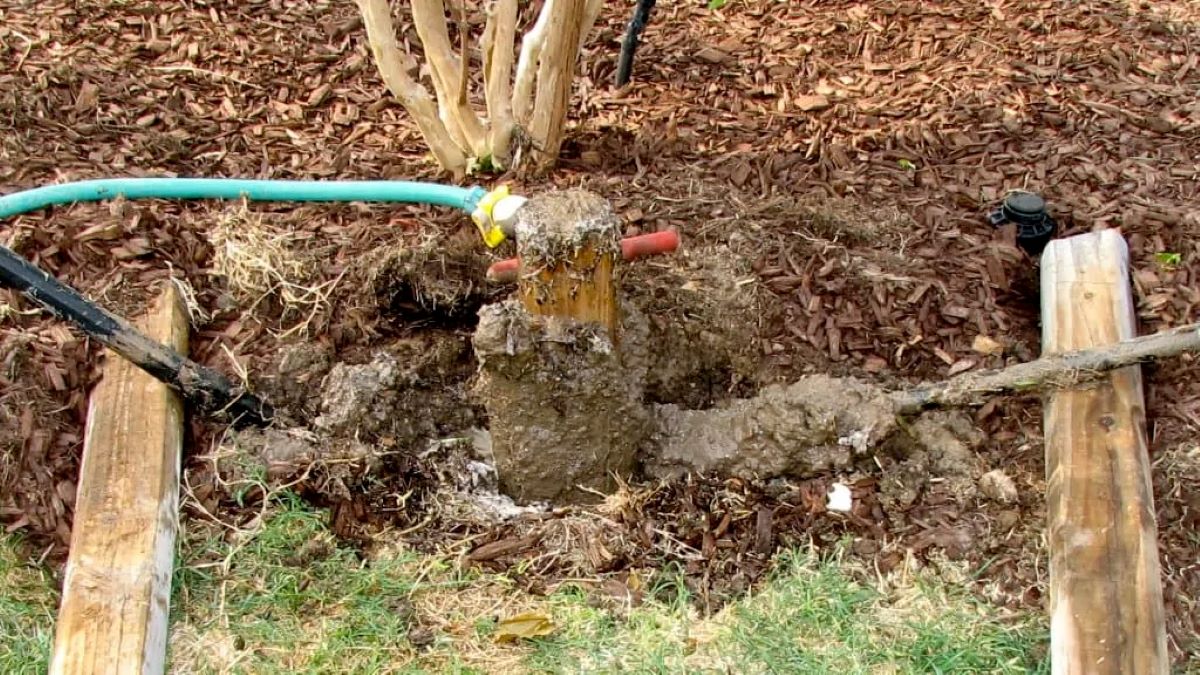
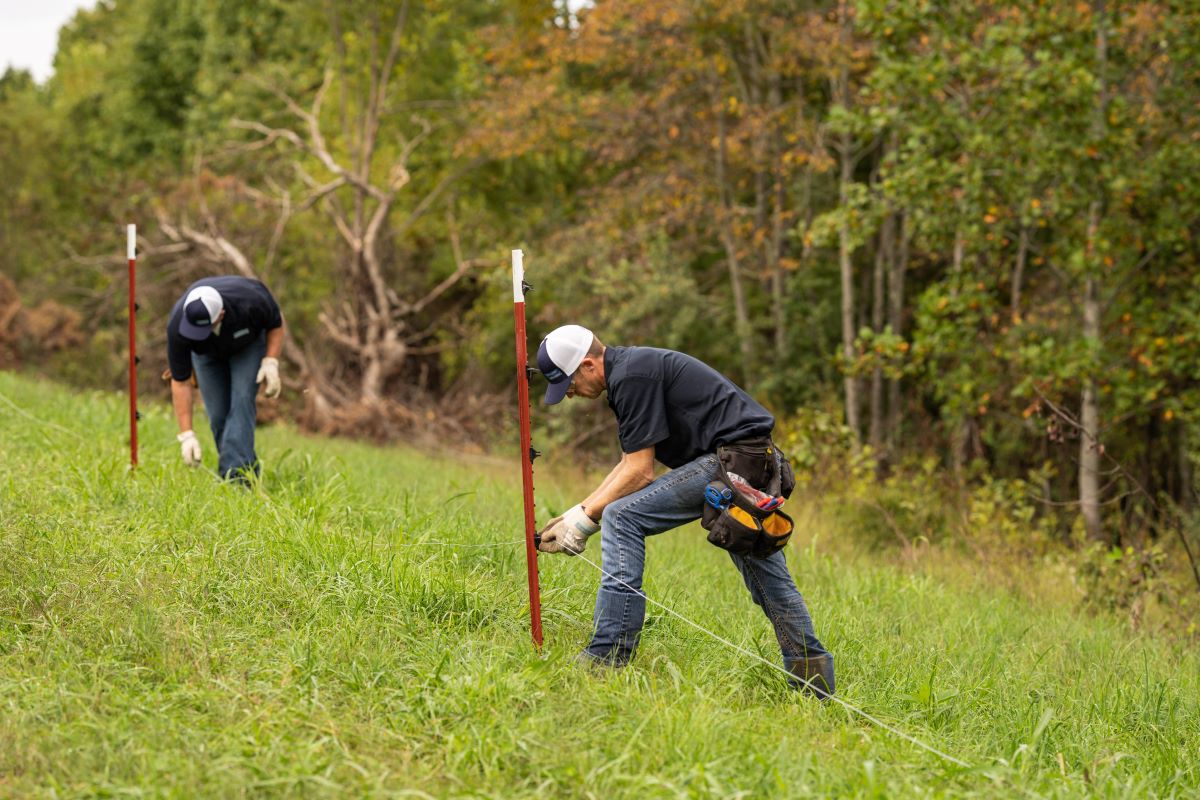
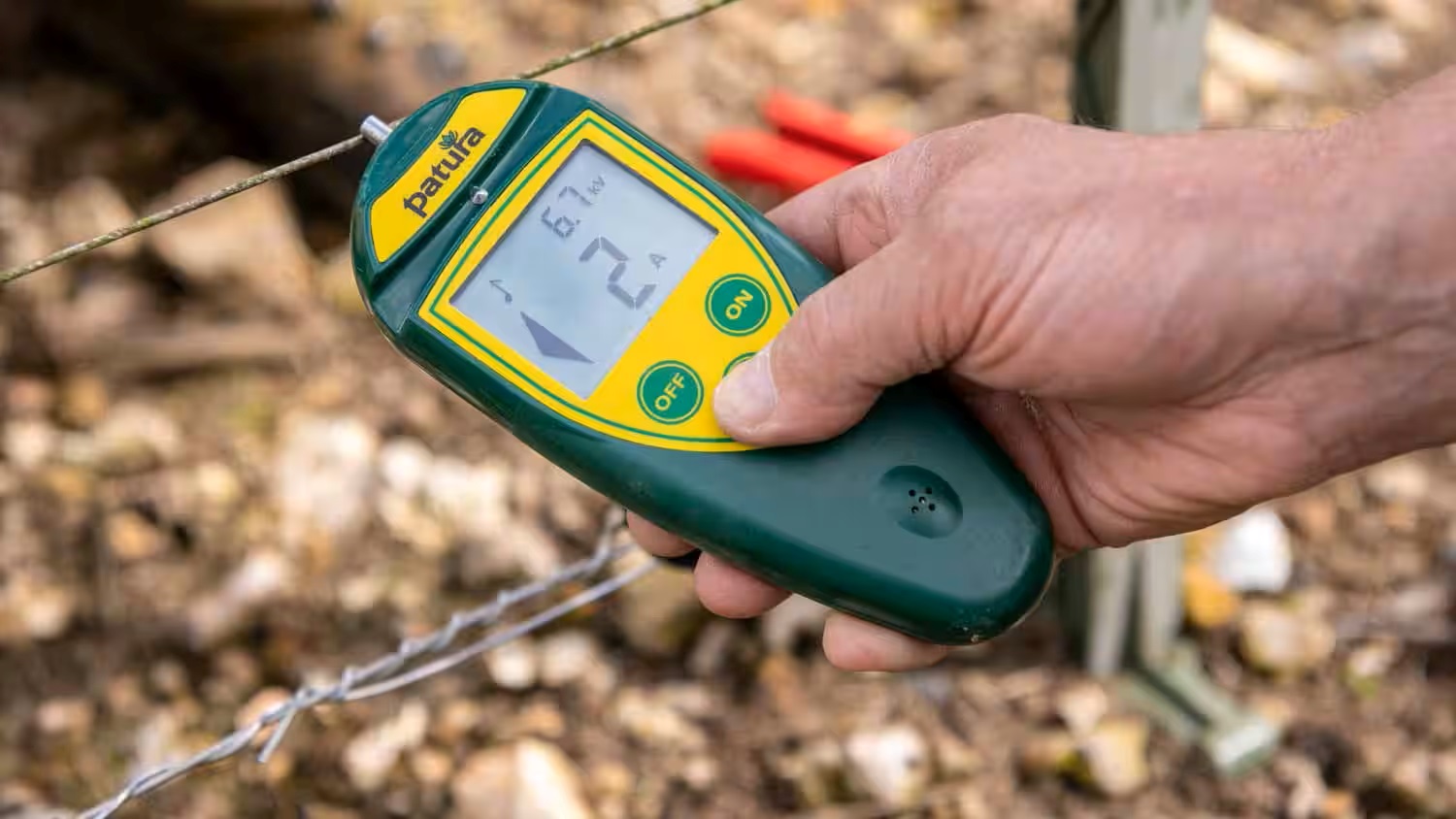
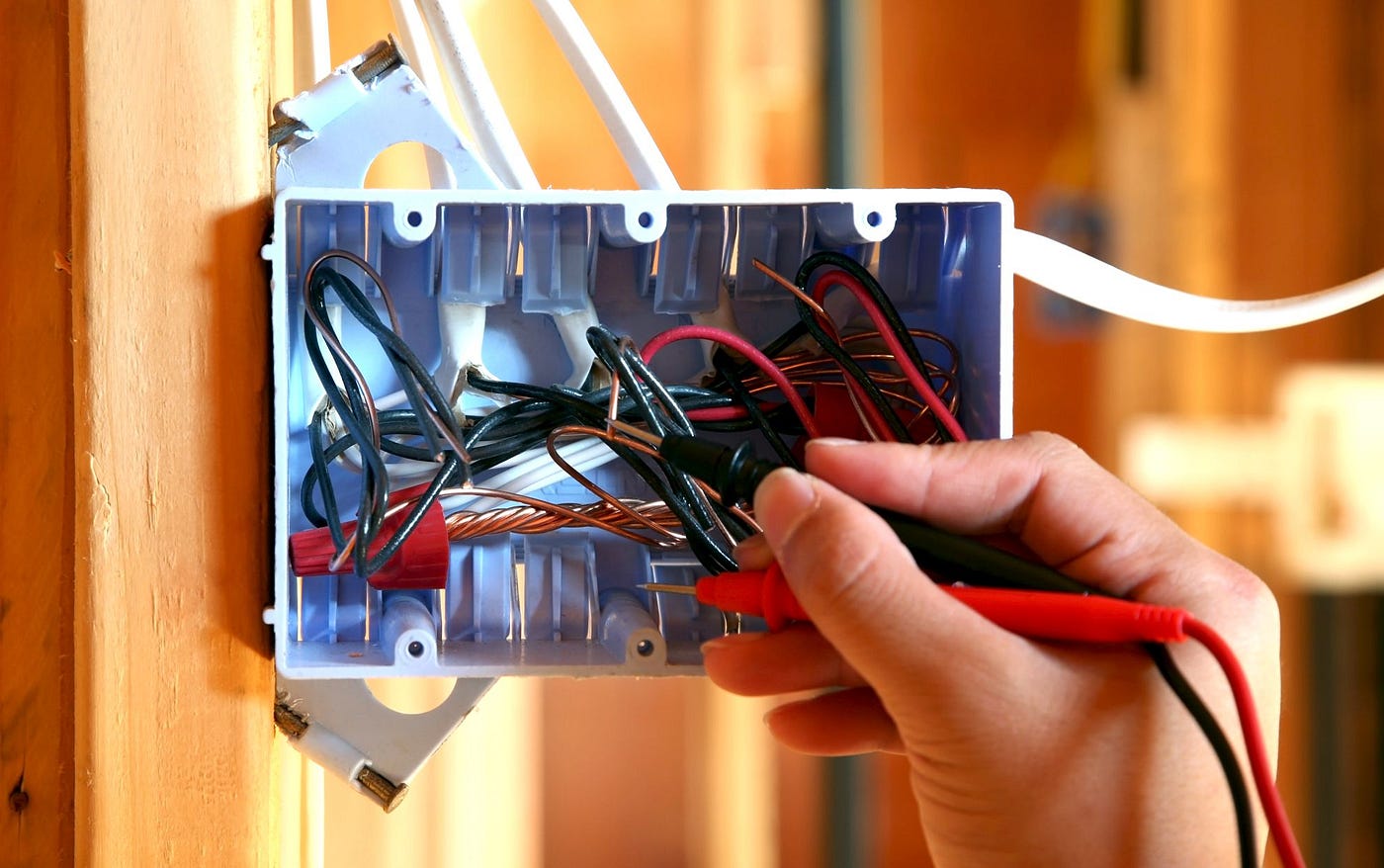
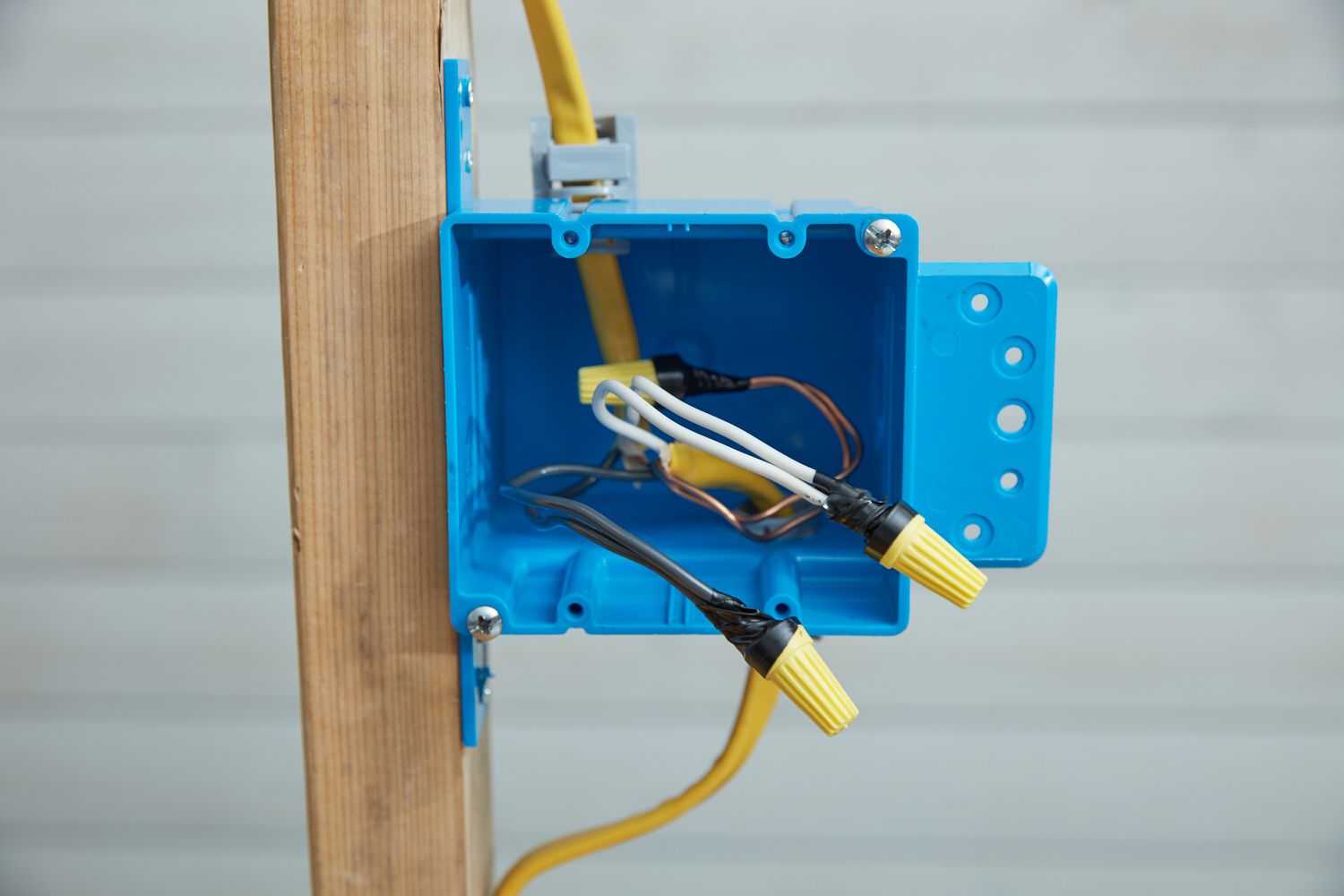
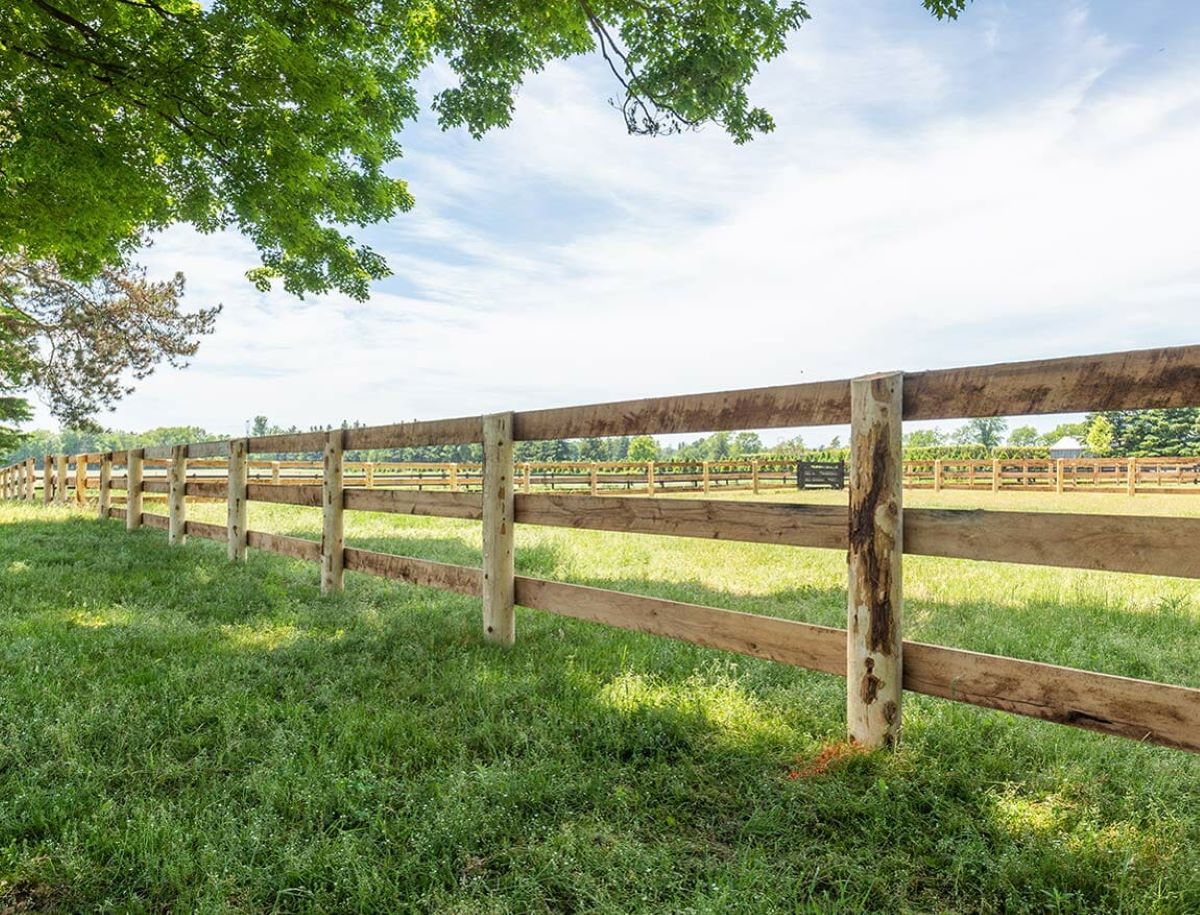
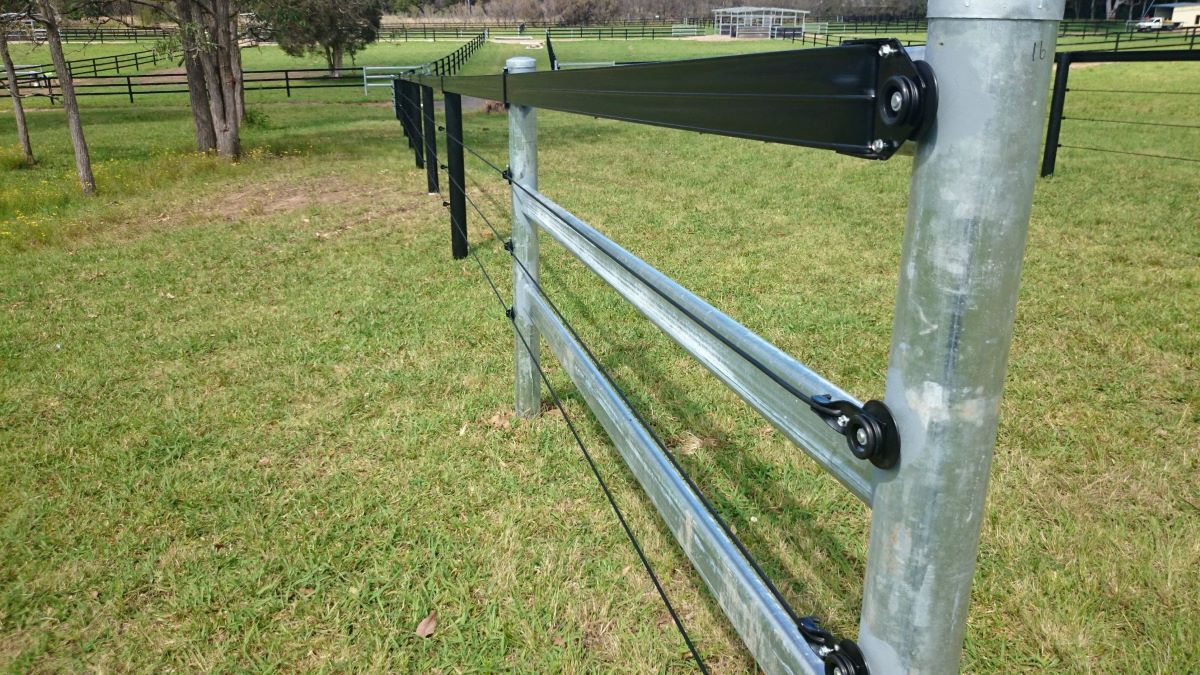


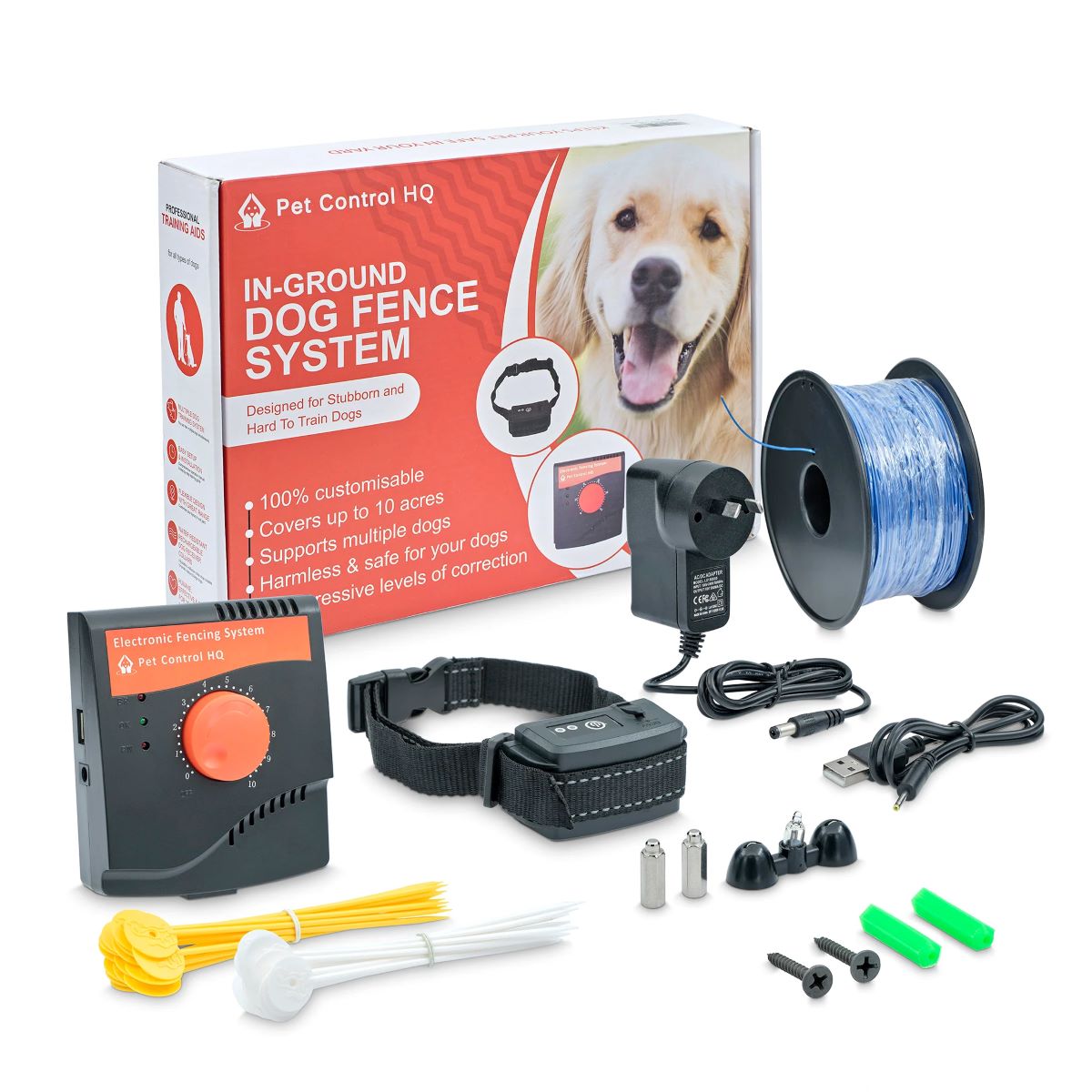
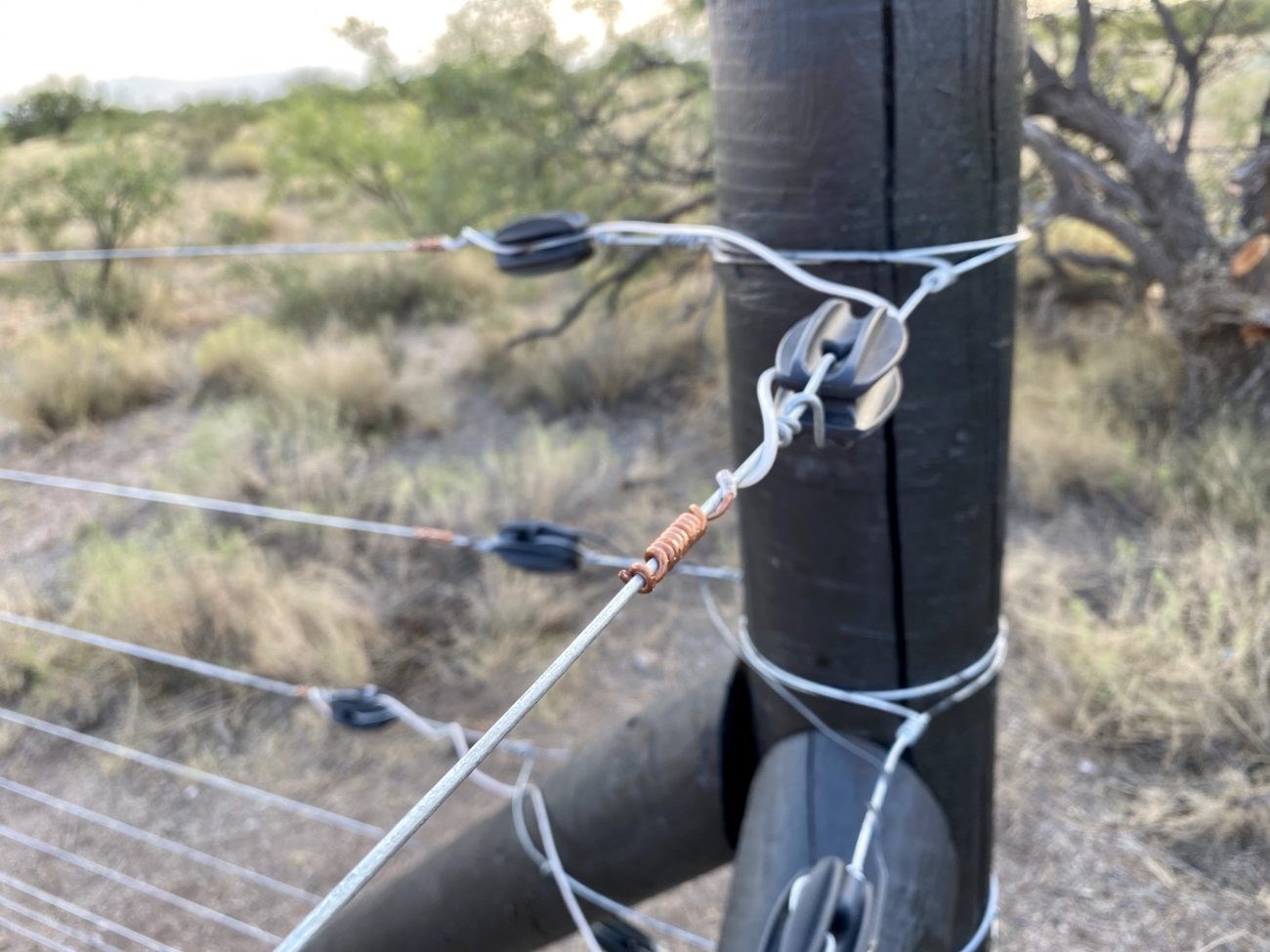
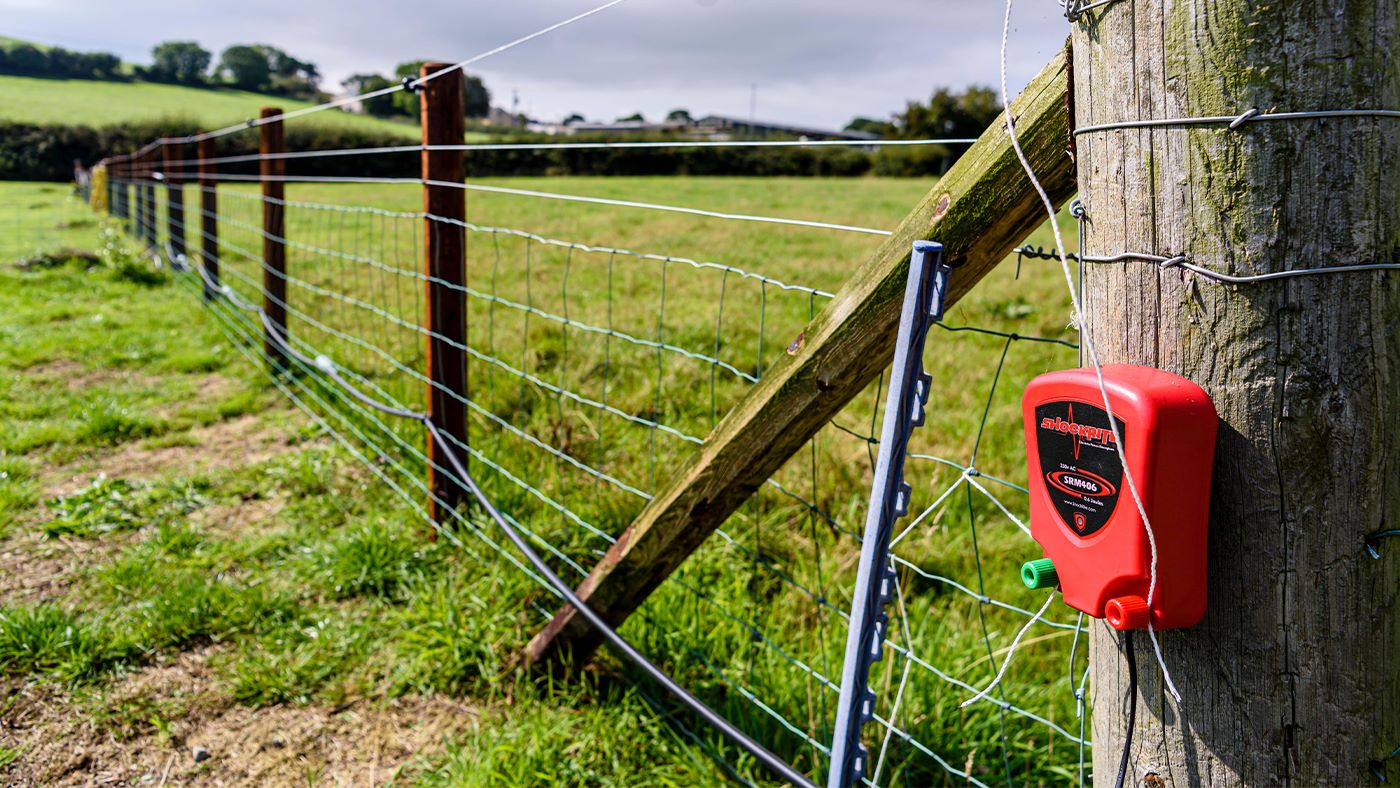

0 thoughts on “How Many Ground Rods For Electric Fence”